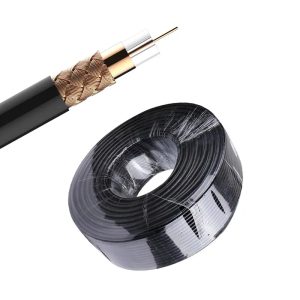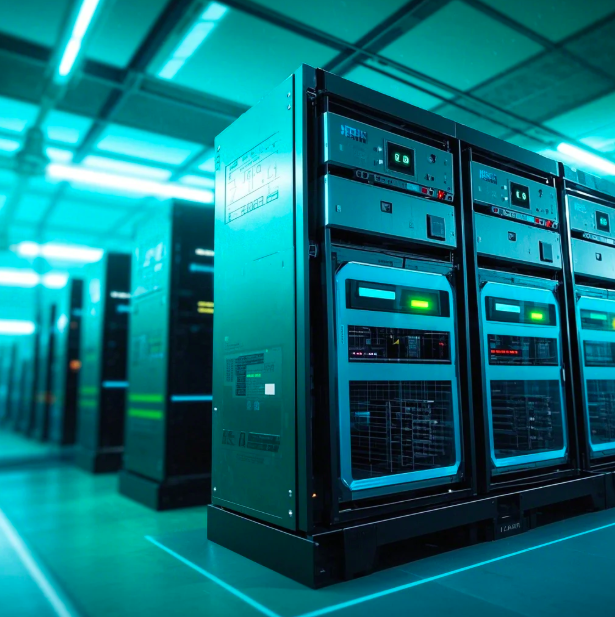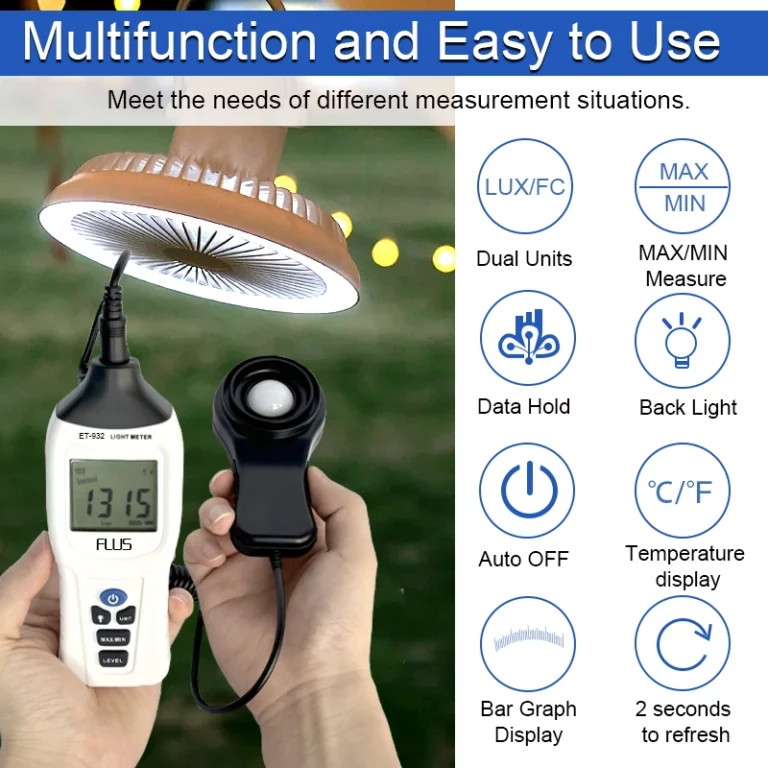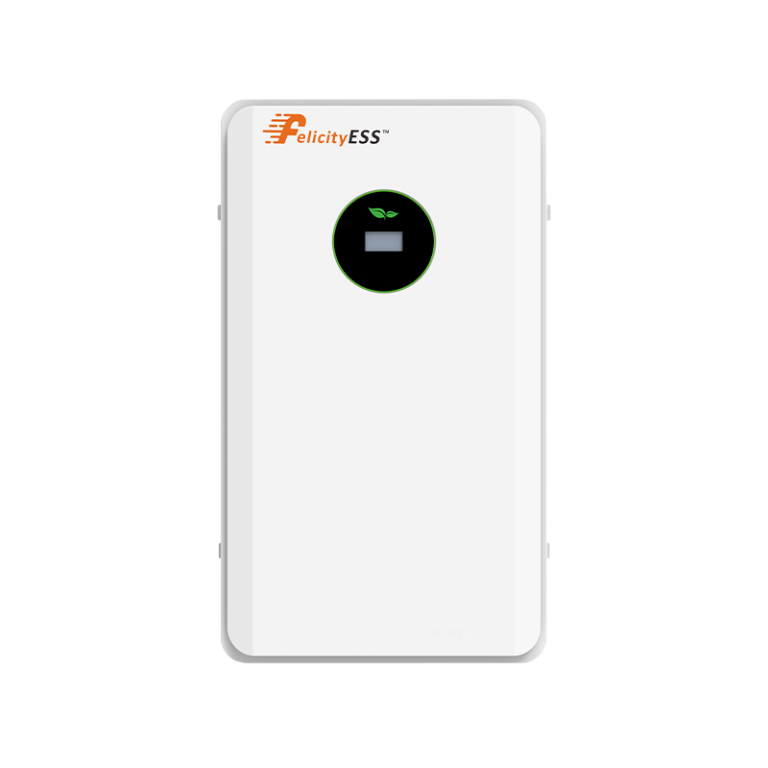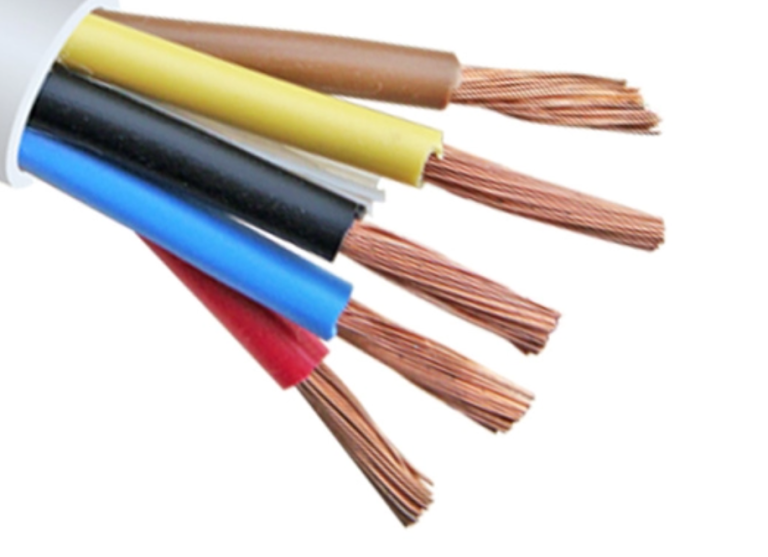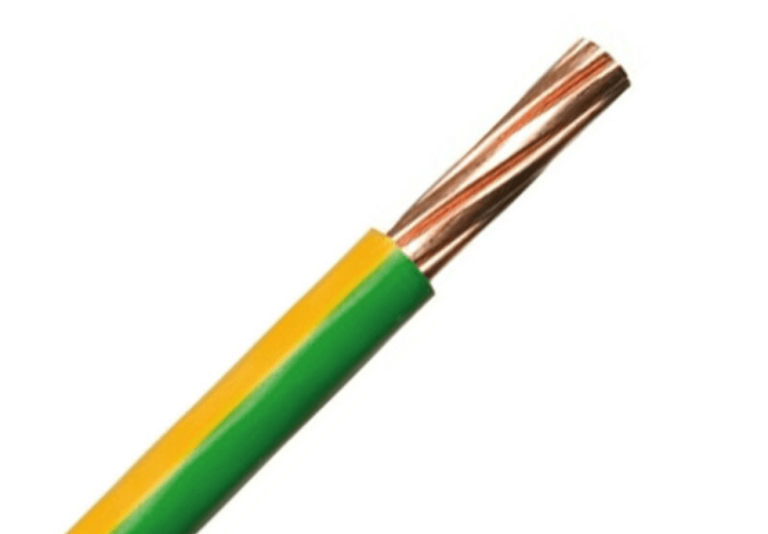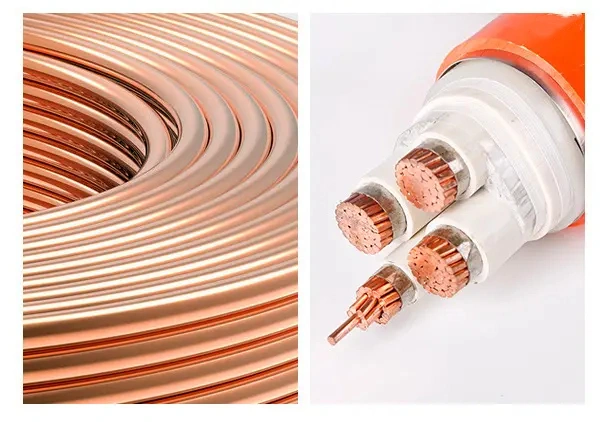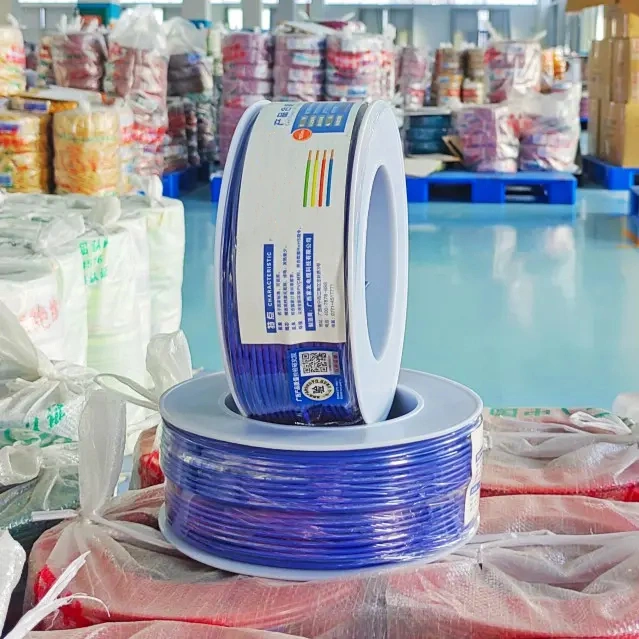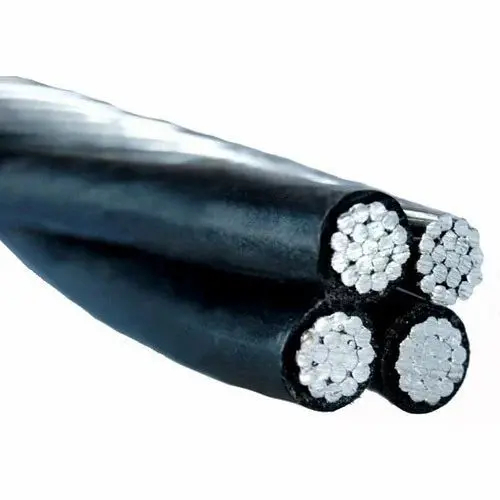目录
A coaxial cable is an electric cable that consists of multiple cables coaxed together to transmit multiple channels’ signals uninterrupted and simultaneously instead of using many electric cables. It is made by a central cable which is a good conductor like copper which is covered by an aluminum or copper mesh which is dielectric.
The mesh is then surrounded by a conducting shield covered by a protective sheath on the outside to protect the cable against damage.
The coaxial cable is made with the center and is a good conductor, mostly copper making it good for transmitting data.
With a protective layer, the dielectric layer which provides a protective distance between the core conductor and outer layers, coaxial cable is popular because it offers quick data transmission and is protected from damage and interference.
Advantages of coaxial cable
- Coaxial cable has many advantages, such as:
Durable: The coaxial cable is covered by a protective sheath against physical damage and it is long-lasting. - Quick transmission: The central conductor cable is protected by the outer mesh and protective jacket, making it very effective at transmitting signals fast and uninterrupted.
- Cost-effective: The coaxial cable coaxes the conductor cable and the dielectric mesh into a single cable, which makes it cheaper and more effective in signal transmission than multiple cables.
- Easy to install: The cable is very simple and easy to install since the separate wire conductors have separate ports and coated insulation prevents cables from coming into contact with each other.
- It is insulated against external waves. It is very efficient and provides significant protection against signal interference.
Made from a solid 1 copper center conductor for fast data transmission, a rugged PVC jacket, FPE (Foamed Polyethylene) dielectric, and CPE (Cellular Polyethylene), coaxial cables are the most trusted on the market today Signal transmission cable.
Applications
Manufacturers have a customer-oriented perspective to bring the best coaxial cables, also known as coaxial cables, with multiple home and commercial uses. including:
- Television and Radio Transmission: Coaxial cables are widely used in television signal transmission and radio broadcast systems. It can effectively transmit high-frequency signals and maintain signal quality and is the main transmission medium for traditional cable TV and broadcasting.
- Internet and Computer Networks: Coaxial cables are used to establish broadband Internet connections, especially in cable broadband and satellite Internet. In some traditional Ethernet networks, coaxial cables are also used as network transmission media.
- Telephone system: Used to transmit telephone signals, especially in some long-distance communication systems. The shielding structure of coaxial cable helps reduce electromagnetic interference and improve communication quality.
- Surveillance Systems: Coaxial cables are widely used in closed-circuit television (CCTV) and surveillance systems to transmit video signals. It can provide a longer transmission distance without losing signal quality.
- Radar Systems: In some radar systems, coaxial cable is used to transmit radar signals because it can efficiently transmit high-frequency signals while reducing signal interference.
- Medical equipment: Used for medical image transmission, such as X-rays and magnetic resonance imaging (MRI). The high-frequency transmission properties of coaxial cables make them widely used in medical equipment.
- Aerospace: In some aerospace applications, coaxial cables are used to transmit radar signals, communications signals, and other high-frequency signals.
Conclusion
Overall, coaxial cables are widely used in a variety of applications that require the transmission of high-frequency signals, and their structure and characteristics make them ideal for use in many communications and transmission systems. Bringing reliable coaxial cables to users requires not only paying attention to the diverse needs of users but also meeting the requirements of modern professional industries and regulations. Using a coaxial cable, you will experience a safe, high-quality, high-performance, and cost-effective signal transmission experience.
0
